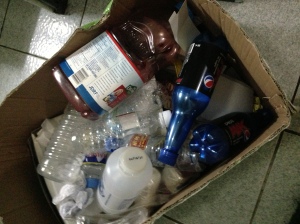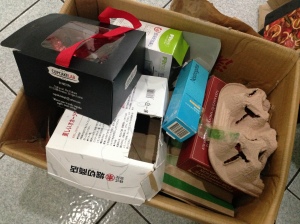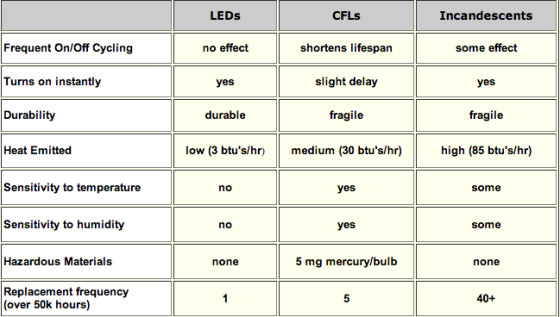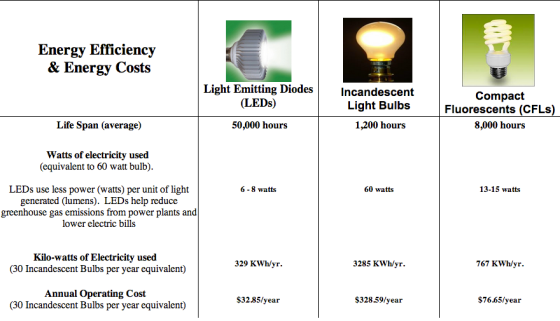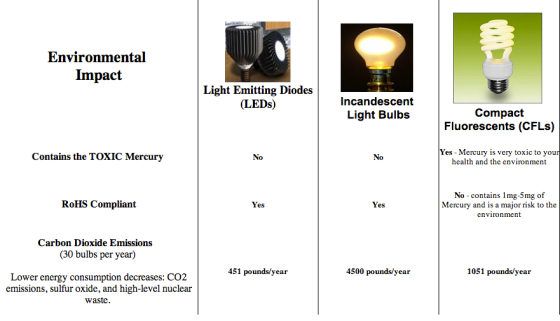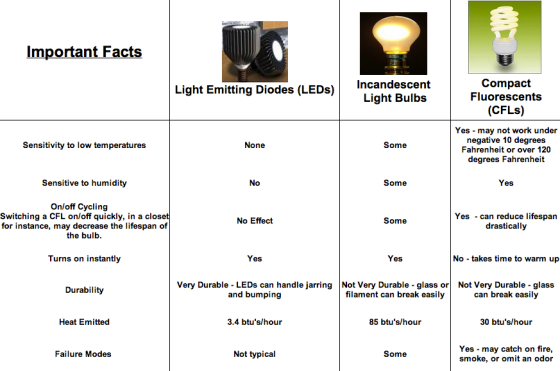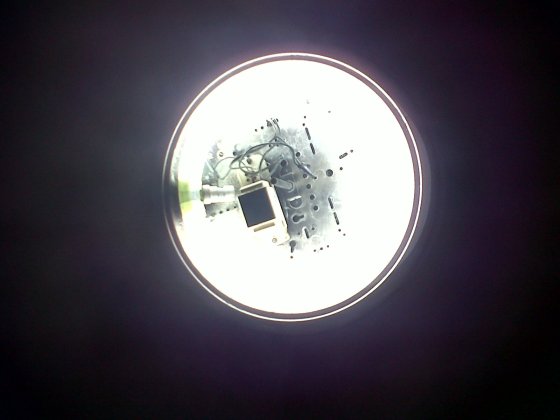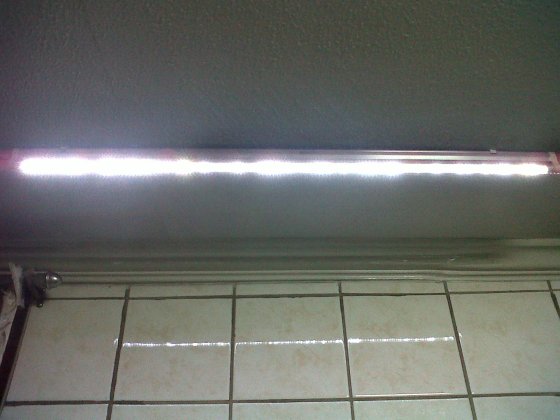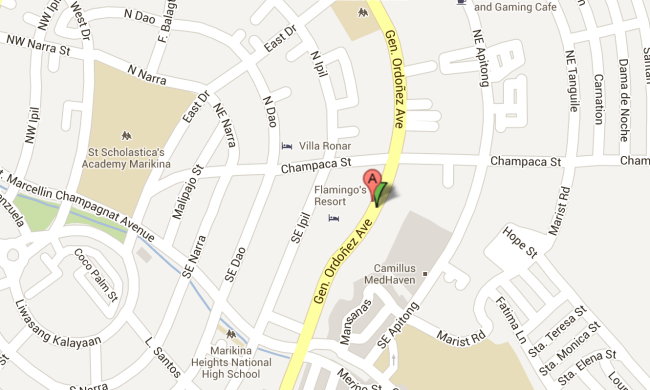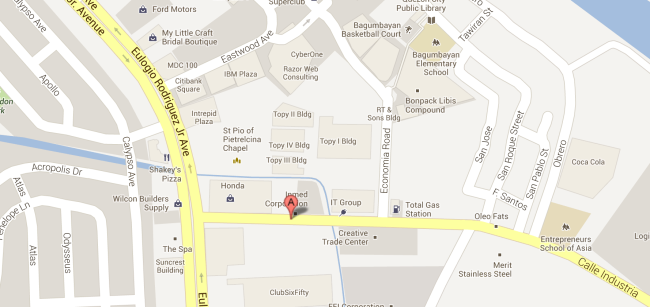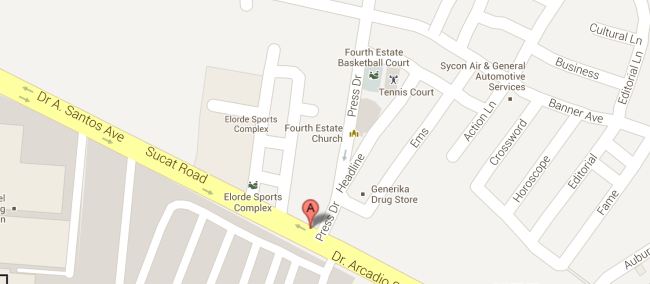Hello there again!
We hope you were all safe and dry from the heavy rainfall that struck us and the really bad flood that affected numerous areas.
Our thoughts and prayers go to all the families affected by the storm and flood.
Credit to Philippine Daily Inquirer (photo)
On the bright side, we’re seeing more sunshine these past few days.
But, speaking of flood, that means there’s more trash accumulating and piling up in the streets. That is definitely a no-no to our environment!
We’re given all the more reason to be more aware and sensitive to the status of our environment and how it will affect our everyday lives and the events we won’t be able to predict.
All this talk about change, improvements and making the world a safer and cleaner place to live in would be possible if you, yourself, is motivated to act on it.
Here are some ways on how we manage our trash at home. You will be surprised on how the ethics and good habits you practice at home can affect the way you go about your daily tasks and the way you treat your surroundings.
But first of all, we must define what trash or waste really are.
According to Oxford Dictionaries,
waste
verb
adjective
noun
Whichever way you want to define the word waste, it all leads to the same result. It is something you don’t want anymore. It is neglected or possibly used up; but, you don’t know what to do about it so you just simply put it aside with the rest of the unwanted things.
That kind of mentality is definitely not a good practice.
All waste came from something. It was once important. It is considered important because we’ve extracted it in all possible ways in order to make full use of it. It was beneficial at some point.
Based on our experience, there is always a way to make a disadvantage into an advantage.
For example in our house, we practice proper waste management. Check out the pictures below and you will see that managing trash is as simple as putting food on your plate and filling up your stomach when you’re hungry. It is only a matter of wanting to do it and you’re driven to do so.
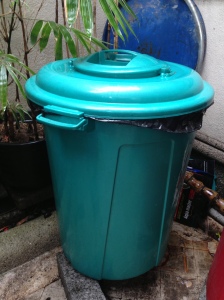 This green trash bin is called the YARD WASTE BIN.
This green trash bin is called the YARD WASTE BIN.
We throw in all the “green” waste here like dried leaves, weeds etc. Anything that can be found lying around your yard/garden. See it’s so easy to remember, green = leaves, garden.
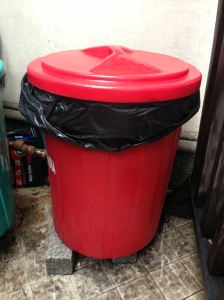 This red trash bin is called the WET GARBAGE/KITCHEN WASTE BIN
This red trash bin is called the WET GARBAGE/KITCHEN WASTE BIN
We throw in all left-over foods, drinks and anything found in the kitchen that you wouldn’t want to keep in your refrigerators anymore.
Well from the picture, I think you would have an idea on what we place it in. If you guessed plastic bottles, then you got that right that’s why it’s called ‘tic, short for plastic. We don’t just put it in a box for nothing. We recycle these bottles for various reasons. We clean and wash them. It can be used to stock up water when there’s the annual water check-up where there won’t be water for a significant number of hours. It can also be used to fill in water to be used to water plants.
We placed all take out boxes, cardboard packagings of food and materials bought from various stores. We collect a considerable number of cardboard boxes, then we bring them to the nearest paper-based recycling centers. You can refer to our previous posts to look for centers nearest to you. You got money out of it and you can help provide materials to create new items.
Well, will you look at that! It’s not as hard as you think. If we can do it our homes, I’m sure you’ll be able to do the same in your own homes. It’s all about discipline and trying to make it a habit to practice these waste management methods.
You would be surprised on how the little things can make a difference.
Most of these waste management practices were inspired by some of the notable organizations online who encouraged everyone to do proper waste management. How your small efforts can lead to greater things.
If you have time, you should check these links down below. You’ll be surprised on how having waste and trash at home isn’t a bad thing after all.
Bahay Tuluyan – http://www.bahaytuluyan.org/index_1_58_1.html
Waste Ventures – http://www.wasteventures.org
Waste Management – http://www.wm.com/index.jsp
Love Food, Hate Waste – http://england.lovefoodhatewaste.com (we highly recommend this site, especially for food lovers who just can’t bear to see any food go to waste.)
Goodbye for now!
Hope you were able to learn something new today! 🙂

